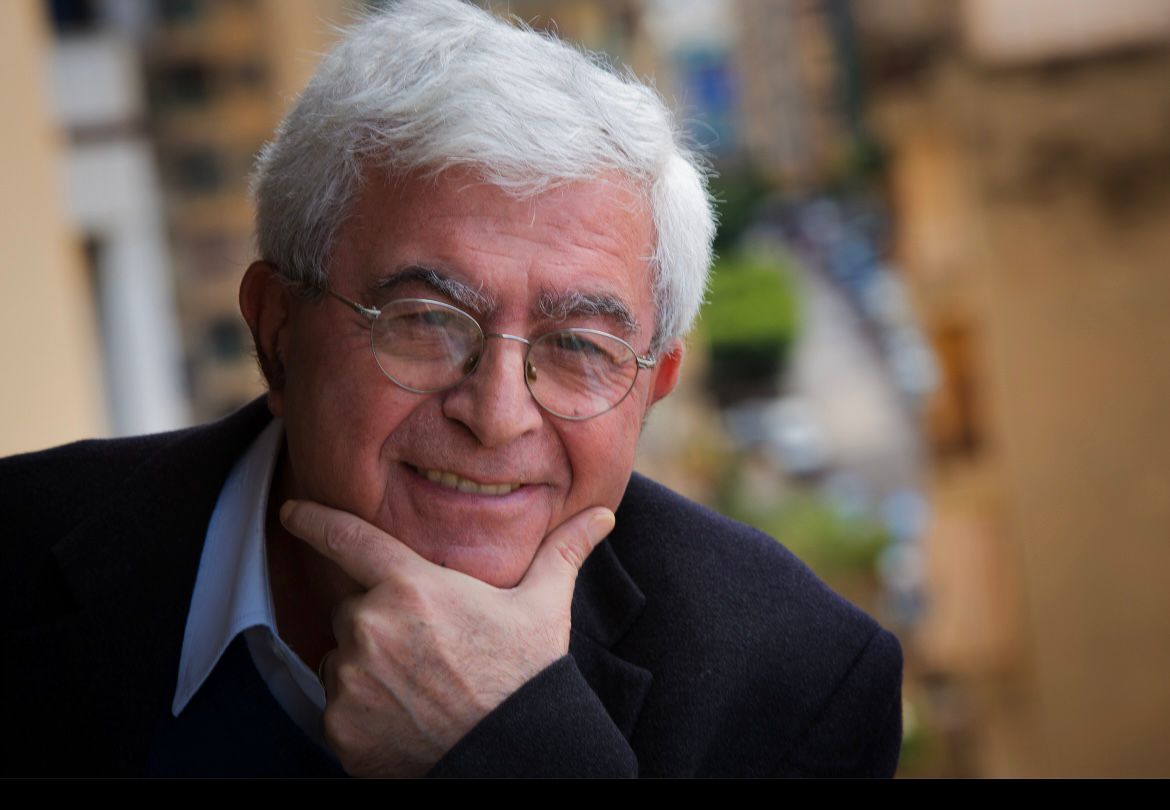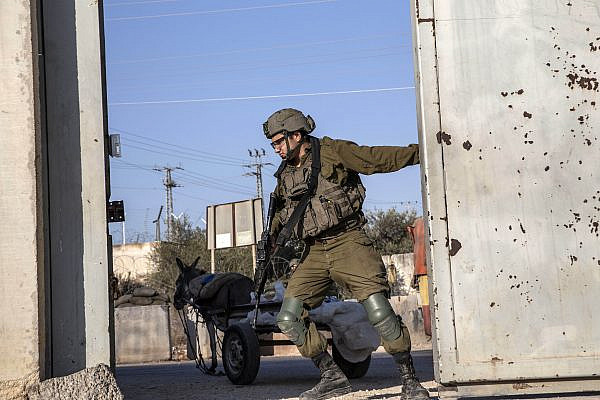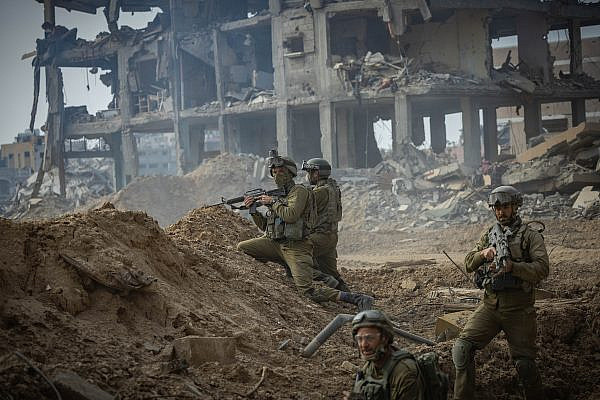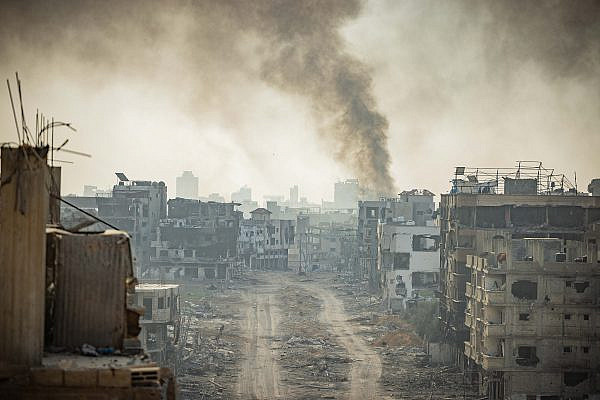“The Continuous Nakba,” by Elias Khoury, Dar Al Adab, 2023.
In 2013, Elias Khoury, the renowned Lebanese novelist and public intellectual, delivered a speech from Beirut via Skype to a group of 250 Palestinian activists. The activists had just established an encampment in the E1 area of the occupied West Bank, located between Jerusalem and Jericho, as an act of resistance. They called their encampment “Bab Al-Shams,” after Khoury’s novel of the same name.
In contrast to the activists, Khoury has never lived in Palestine, nor has he ever even been granted the opportunity to visit. Nevertheless, he told the activists: “I will not say, ‘I wish I were with you,’ for I am with you … This is the Palestine that Yunis envisioned in the novel Bab Al-Shams.”
The community of Bab Al-Shams lasted a mere two days before the Israeli army dismantled it. Undeterred, Palestinians attempted to rebuild it, calling it “The Grandchildren of Yunis” — this time, named after one of the novel’s central protagonists — only to see its swift destruction once again. After this second demolition, Khoury remarked that “the village may be erased, but literature cannot be.” This insight, vividly encapsulates Khoury’s view of the necessarily symbiotic relationship between literature and the Nakba.
Rarely do writers have the honor of seeing their words quite literally transform into reality, at least in their lifetimes. The establishment of Bab al-Shams, brief though its existence was, exemplifies the way in which Khoury enacts the evocative power of literature that he identifies in Ghassan Kanafani, one of his most prominent literary forebears. In an essay commemorating the assassinated writer and thinker, Khoury emphasizes Kanafani’s role as the first chronicler of Palestine after the Nakba and shows the crucial role of literature in imagining the nation. Khoury, it must be said, is part of this tradition himself.
The establishment and destruction of Bab Al-Shams also echoes the dispossession of the Nakba, an echo surely not lost on Khoury, who has spent much of the last 20 years writing about the “continuous Nakba” — the ongoing cycle of violence committed against the Palestinian people. The Nakba, as he and all Palestinians contend, was not a single event that occurred in 1948, but rather a persevering process of dislocation and violence.
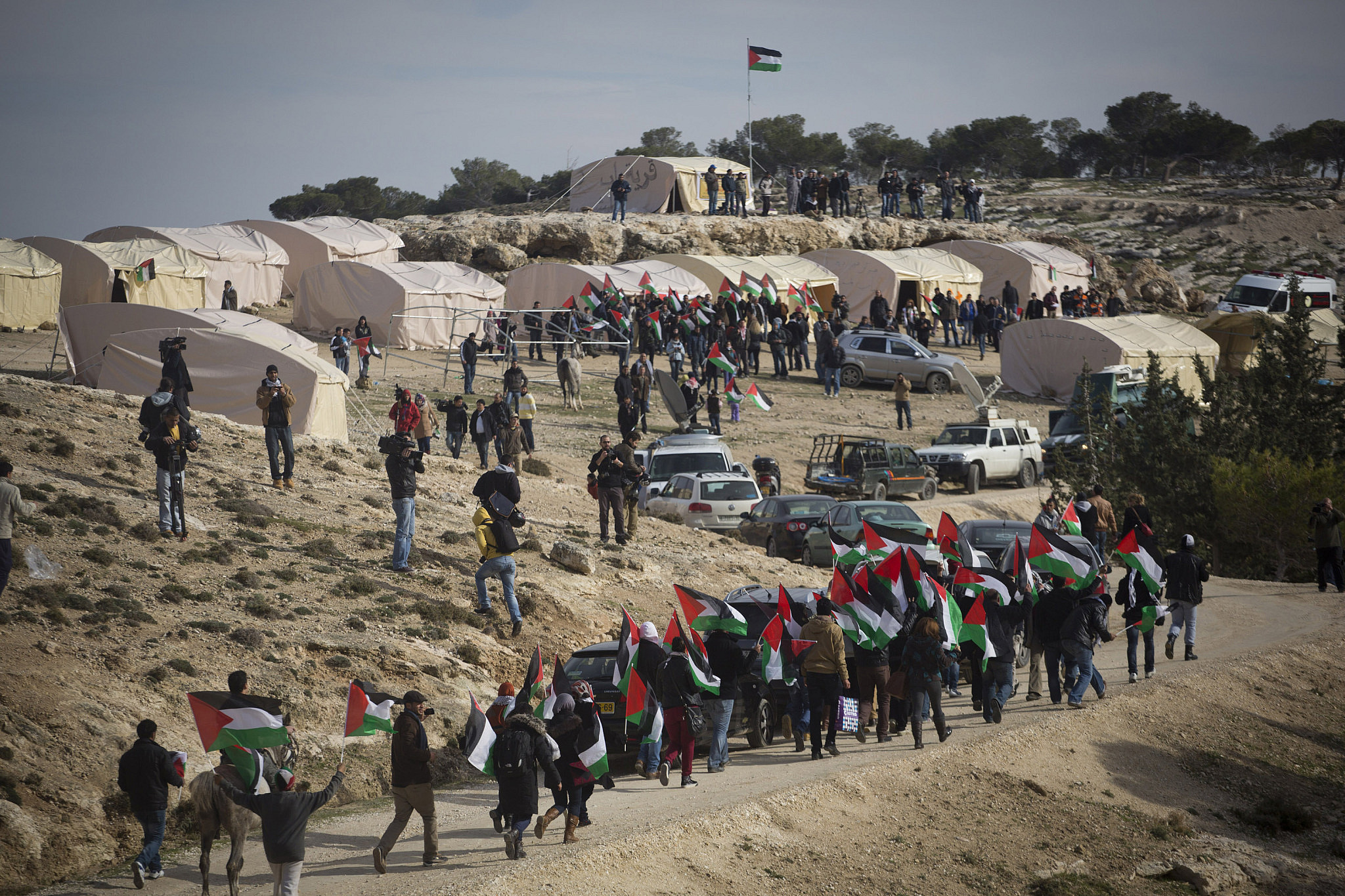
Witnesses of their era
Last year, Khoury published a book in Arabic titled “Continuous Nakba,” a compilation of 12 essays and articles, including the speech he delivered to the Palestinian activists in 2013. The book stands as a tour de force, powerfully intertwining the political discourse on the Nakba with the realms of literature, culture, and language. Khoury adeptly integrates literature into the grammatical narrative of the Nakba, portraying it as present continuous rather than past perfect (“the Nakba is happening,” not “the Nakba happened”).
Khoury has authored 15 novels to date, which have been translated into multiple languages (I have translated eight of his novels into Hebrew). His literary works explore various writing techniques and narrative forms, while challenging the notion of storytelling itself.
Khoury’s vast knowledge of Palestine was amassed mainly through the stories of others, both fictional and not. While in primary school in the 1950s and ‘60s, Khoury learned about the Nakba from his Palestinian friends who had arrived in Lebanon as refugees. His empathy toward the Palestinian plight only grew over time, having spent his high school years teaching in refugee camps in and around Beirut. At the age of 19, he joined the fedayeen (Palestinian guerilla fighters) in Jordan until the events of “Black September” in 1970, when the Hashemite kingdom fought and expelled the resistance groups. After this, Khoury fought alongside the Palestinians in the civil war in Lebanon.
His immersion in Palestinian life is inseparable from his literary career. As part of the research process for his 1998 novel, “Bab Al Shams” — now considered the ultimate literary work about the Nakba — Khoury went to refugee camps around Beirut and Sidon (such as Shatila, Burj el-Barajneh, and Ain al-Hilweh), conducting painstakingly in-depth interviews with hundreds of Palestinians about the fall of the Galilee and Haifa to Zionist forces.
Through this research process and in his writing, Khoury makes clear that he views writers as crucial witnesses of their era. In his novels, Khoury delves into fragmented stories and memories of the Nakba, whether it be the events of 1948 or the “continuous Nakba”: whereas “Bab Al-Shams” is mainly about 1948, much of his last novel, “Man in My Image,” the third volume of “Children of the Ghetto,” is set in 2002, in the refugee camps of Nablus and Jenin.
Khoury is not only a gifted novelist; he is also a well-known intellectual, often addressing the public on the ideological implications of linguistic hierarchies, the idea that the language we use to describe events reflects and perpetuates real-world power structures — all in the service of interpreting and diffusing his ideas about the continuous Nakba.
He does this relentlessly, to the point that it sometimes seems that the concept applies to him personally: for Khoury, continuous Nakba is a state of mind. He lives this continuity, writes constantly about it (one of the fruits of which is this most recent book), and digs into its meaning through time and place. Like Shehrezad of “A Thousand and One Nights,” who tells stories every day in order to live, each day Khoury tells yet another story of the Nakba.
He meticulously delineates a catalog of tragedies, ranging from the small-scale to the monumental, all of which comprise the continuous Nakba. These include not only the ethnic cleansing of Palestine, but also the establishment of Palestinian ghettos within the new Jewish cities, the imposition of military governance on Palestinian citizens of Israel, the proliferation of settlements, the plight of unrecognized villages, etc. (Even the inclusion of “etc.” in Khoury’s oeuvre can serve as a semiotic symbol of the Nakba’s continuity.)
The Nakba thus transcends the individual events that took place; it represents a continuum of calamities across various scales, forming different repetitions yet interconnected parts of an ongoing process. This, he writes, is what fuels perpetual resistance, as it is not confined to the past but is, instead, a present-day lived reality.
Dismantling linguistic myths
“Continuous Nakba” is the culmination of the years Khoury has spent analyzing and writing about Palestinian life and history. In it, he essentially offers a new version of “The Meaning of the Nakba,” a book published in October 1948 by the Syrian historian Constantine Zurayq and the first to name “the disaster” of that year as “the Nakba.” Khoury now presents “the meaning of the continuous Nakba,” thereby transforming our understanding of the Nakba from being a singular event into an enduring process. He traces a lengthy trajectory that commenced in that pivotal year and has continued through various “winding forms” to “the present day.”
Khoury asserts that Zurayq helped articulate the Palestinian predicament to the Arab world, while the intellectual Edward Said did so on the global stage. Khoury, too, stands in this tradition, with his works and engagements with political audiences bringing the literary world’s attention to the Palestinian issue.
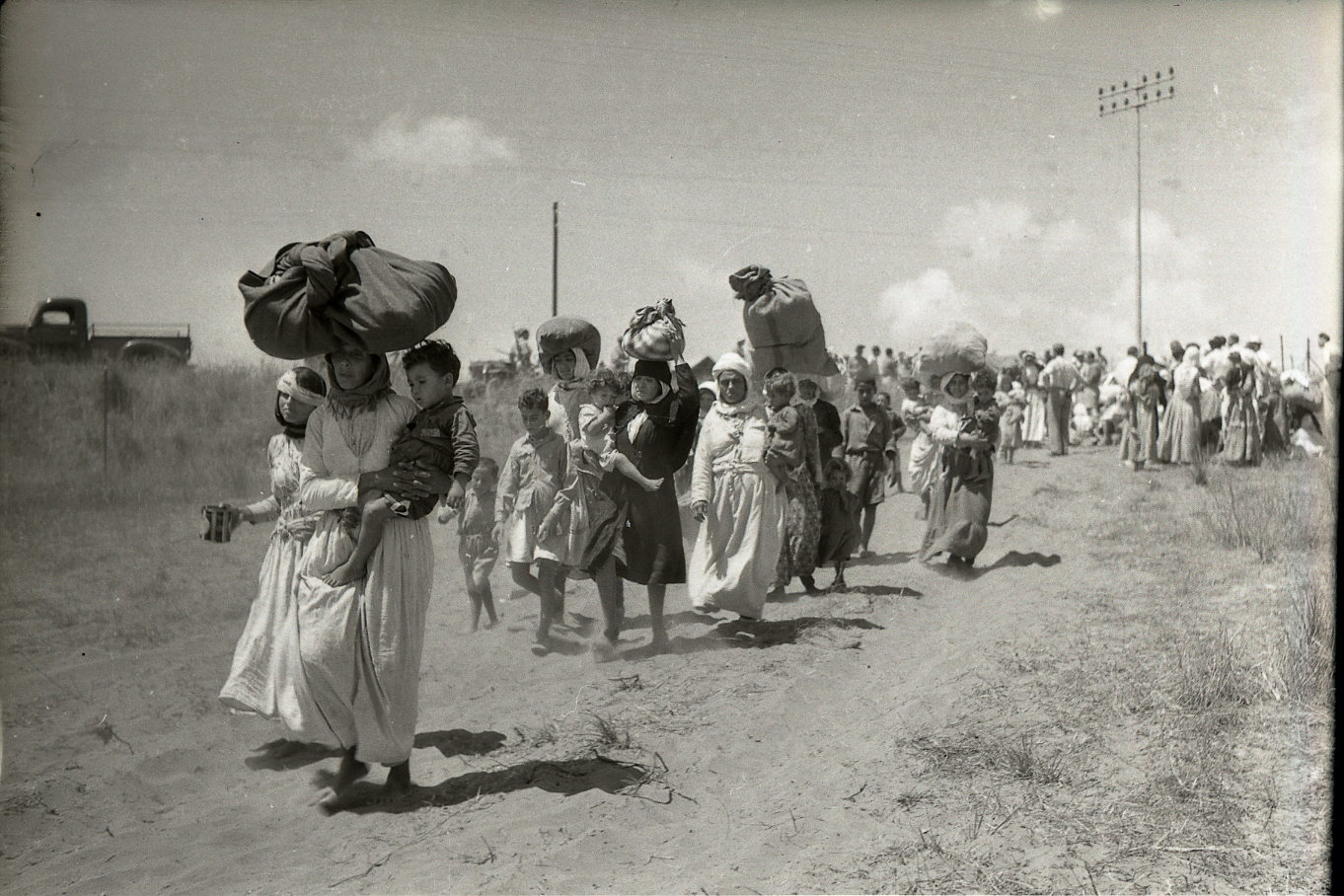
One particularly fascinating engagement was an address that he gave in 2015 before the European Parliament (included in the book). It was about harnessing one’s intellectual strength, the breadth of one’s horizons, and the desire for an honest dialogue with those whose deafness prevents them from hearing the Palestinian voice.
He starts the lecture by analyzing the word “misunderstanding” and its relationship to Palestinian existence. To do so, he told the story of a creepy encounter between a Palestinian farmer from the village of Sa’sa’ and Israeli soldiers who stormed his village and demolished its homes on Feb. 14, 1948. (Khoury depicts this event in his novel “Stella Maris.”) One of the Jewish soldiers aims his weapon at an elderly Palestinian man who inquires in Arabic, “Eish hādhā?” (“What is this?”). The soldier responds, using the Hebrew meaning as his second word, “Hādhā esh!” (“This is fire!”), and then fires upon him.
Khoury elucidates for Arab readers unfamiliar with Hebrew the origin of this bilingual collision: while these expressions may sound alike phonetically, they reveal what is known in French as a “faux-ami,” or false cognate. However, Khoury firmly asserts that behind the misunderstanding (which in itself breeds uncertainty and terror) lies a multitude of exclamation marks. Thus, alongside the question marks, Khoury provides a succinct chronicle of the exclamation marks, namely a roadmap of the Israeli colonial project, illustrating how it effectively converted the Palestinian into “the Jew of the Jews” or, in other words, the victim of the victim, as poignantly depicted in the literary trilogy “Children of the Ghetto.”
Throughout that speech, Khoury challenged and deconstructed the narratives that have historically marginalized the Palestinian voice. By dismantling and debugging linguistic myths that obscure oppressive realities — terms like “the peace process,” “the partition plan,” “the Hebrew David and the Arab Goliath” — Khoury not only sheds light on historical truths but also exposes the ongoing destruction of the present. His refusal to accept superficial peace agreements highlights the importance of addressing root causes rather than settling for temporary solutions that perpetuate oppression.
Khoury’s address to the European Parliament was a virtuoso performance by an artist — an artist of words, of ideas, of the relationship between politics, literature, and life. He reckons with literary representations that change reality. He sees a war of understanding against misunderstanding, of recognition against lack of recognition, and of representations against misrepresentations — a war in which he is an enlisted soldier.
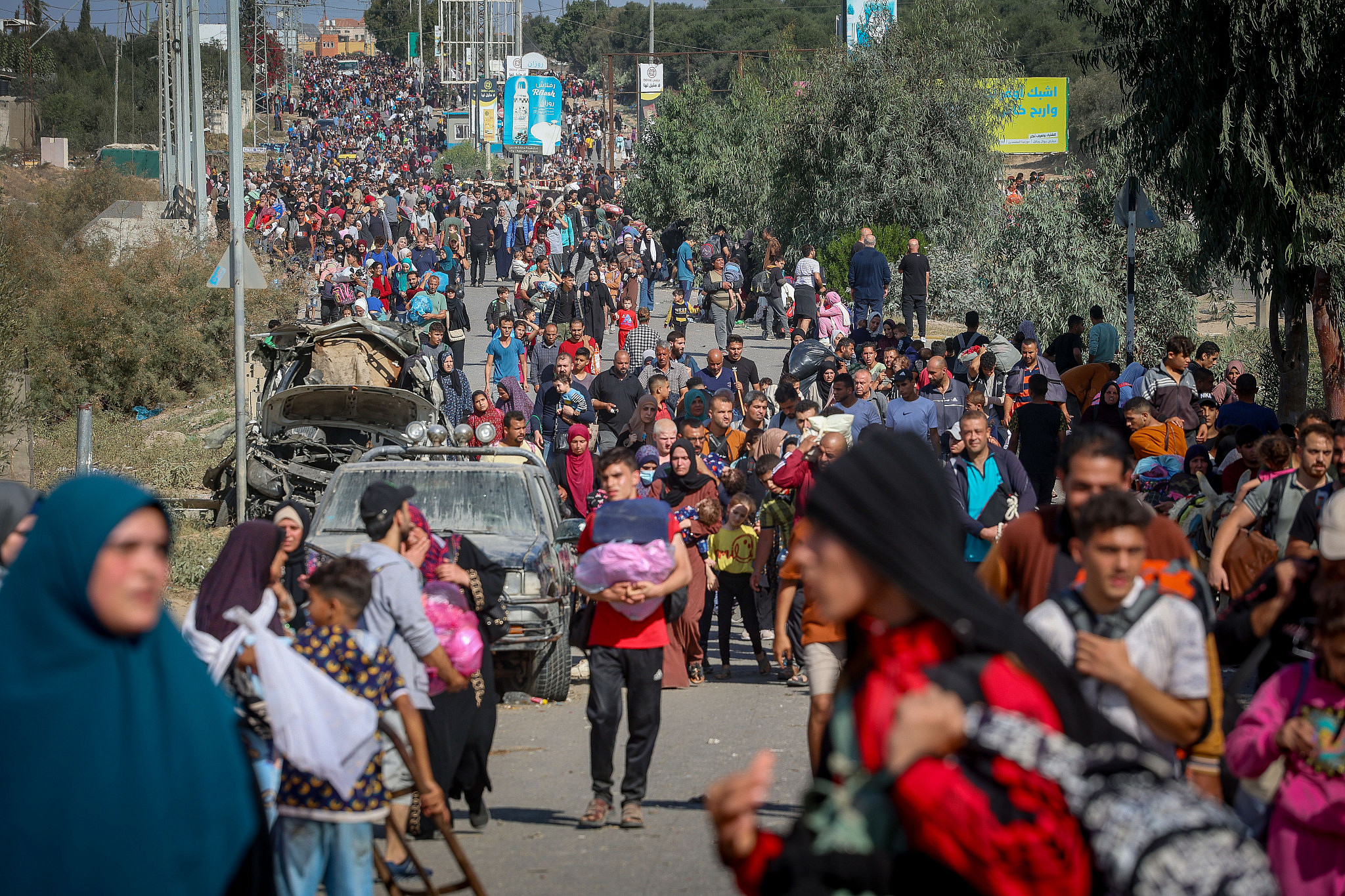
Spectral figures
Elias Khoury’s work consistently acknowledges and pays tribute to his predecessors and compatriots, such as Mahmoud Darwish, Walid Khalidi, Edward Said, and Ghassan Kanafani. In many ways, he represents a link between past and current generations embodying the struggle for Palestinian rights and dignity. He has highlighted Darwish’s significance in narrating the Nakba, and by weaving his own experiences of displacement and exile into his poetry, Khoury not only honors Darwish’s literary prowess but also recognizes the personal and collective trauma embedded in the Palestinian narrative, following in Darwish’s footsteps.
Similarly, Khoury’s recognition of the historian Walid Khalidi, and his efforts in reconstructing the historical map of Palestine, acknowledges the importance of reclaiming and preserving Palestinian history in the face of attempts to erase or distort it. And Kanafani, with his poignant storytelling and unflinching portrayal of Palestinian life under occupation, also receives warm acknowledgment from Khoury.
Khoury’s rare and profound engagement with Hebrew literature underscores his enduring commitment to understanding the “other” and fostering literary dialogue. He does so, in part, by acknowledging the inherent challenge of engaging with a literary tradition that often erases the Palestinian narrative and rejects the dialogue Khoury seeks.
Despite its purported leftist orientation, Hebrew literature, in practice, plays a role in obscuring the Nakba, justifying or silencing it. Kanafani once asserted that literary Zionism preceded political Zionism, and Khoury builds on this argument, particularly by applying it to the work of A. B. Yehoshua.
Yehoshua’s short story “Facing the Forests,” for example, metaphorically silences the Palestinian narrative by focusing on a Palestinian man with no tongue, perpetuating the idea that Palestinians are spectral figures, not full subjects themselves. No Hebrew writers today possess a depth of understanding of the Arab world comparable to Khoury’s immense knowledge of Hebrew literature and the Jewish world.
Yet Khoury’s criticism is sharply nuanced and complex. He is also critical of Kanafani for employing a similar silencing technique: Khoury asks why the Palestinian men in “Men in the Sun,” (published, incidentally, the same year as Yehoshua’s story), remain voiceless, dying silently in a water tank crying for water. Khoury responded by writing a novella — about the poet Waddah Al-Yaman, who dies silently in a box to spare his lover, the Caliph’s wife, from embarrassment — in order to explain and critique the trope of the silenced Palestinian.
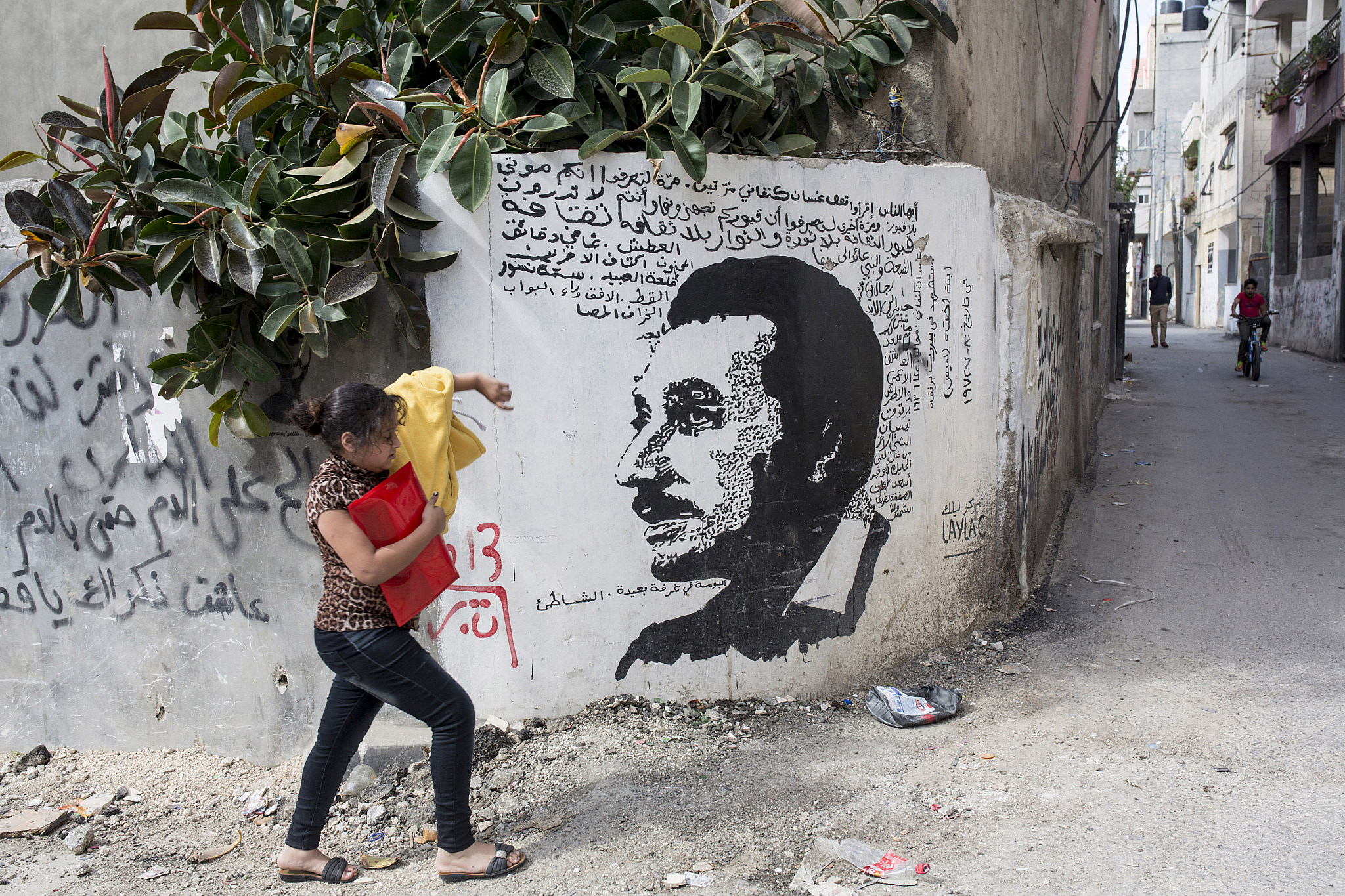
A timeless thesis
“Continuous Nakba” was published shortly before the current war began, but Gaza has occupied a major place in Khoury’s analysis long before October 2023. He repeatedly highlights Gaza’s transformation into a locked and confined enclave, often describing it as a “ghetto” with no apparent outlet except eruption and resistance
In his article “In front the Gates of Gaza” (which unfortunately is not anthologized in the book), Khoury delves into the intricate link between Palestinian refugees in Gaza and Jewish settlements in the areas surrounding Gaza (often known as the “Gaza Envelope”) — a link violently exposed on October 7.
In that essay, Khoury explores General Moshe Dayan’s 1956 eulogy, delivered at Kibbutz Nahal Oz, for an Israeli soldier who was killed by Fedayeen. Khoury writes:
“When Dayan eulogized the Israeli space in Nahal Oz, he eulogized the ‘Zionist dream,’ which turned out to be a nightmare. He recognized early on the moral deadlock of Israel in front of the gates of Gaza, and in the face of the question of Palestine as a whole … for seventy years the refugees have not stopped knocking on the gates of Gaza, which are locked with hatred and death, and they will continue to knock on them until the locks are broken, and Palestine will reach out its hands to its people who return to it invaded by the water and mud of the earth, and build from their death a gate to life.”
The retaliatory war in Gaza today, with its devastating toll on civilian life and infrastructure, is painful proof of Khoury’s words.
In light of the current Israeli assault on the Strip, Khoury’s work, and especially this recent book, poses a profound question: How do we read a story when we know that its plot has not yet come to an end? How do we tell the story of the Nakba when it is not over? How do we recognize when we have reached the conclusion?
Most read on +972
Notably, the book was published before the emergence of the new/old Israeli discourse around the “Second Nakba” — a term utilized by Israeli officials in recent months to refer to the war on Gaza and which, inadvertently, validates Khoury’s central thesis. In this light, the book has proven to be timeless, rather than ahead of its time, in that it addresses perennial issues and enduring realities faced by Palestinians.
Khoury’s exploration of the continuous Nakba challenges the prevailing discourse, and its significance lies in its ability to provoke critical reflection and dialogue on the Palestinian experience, both past and present. It is pressingly important now — and it always will be.


